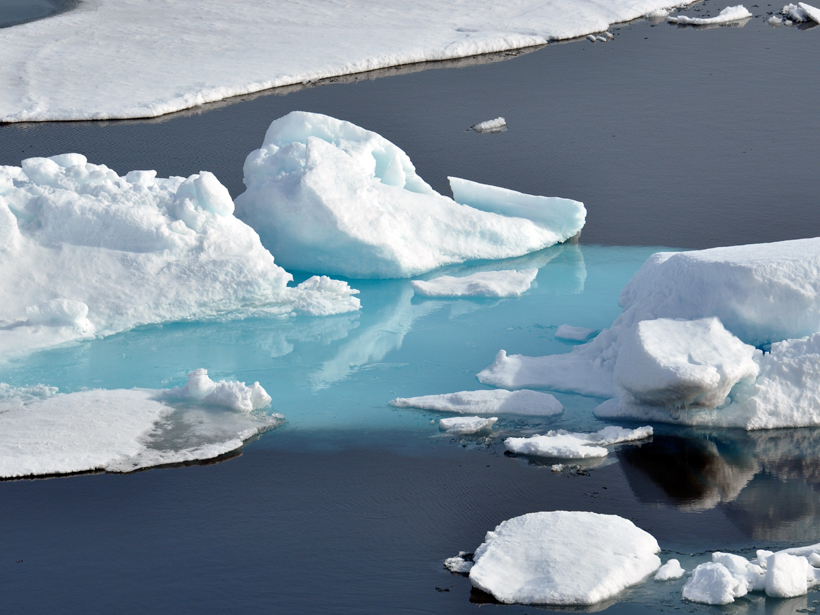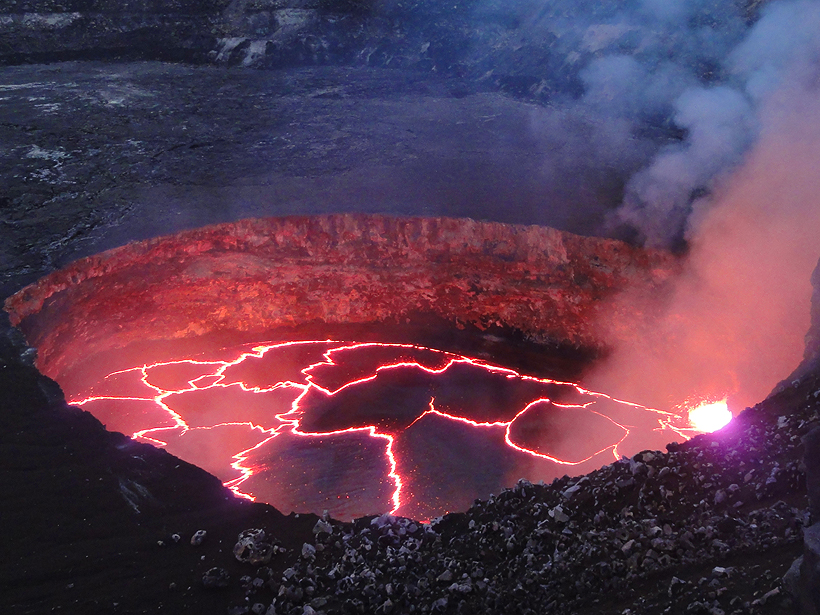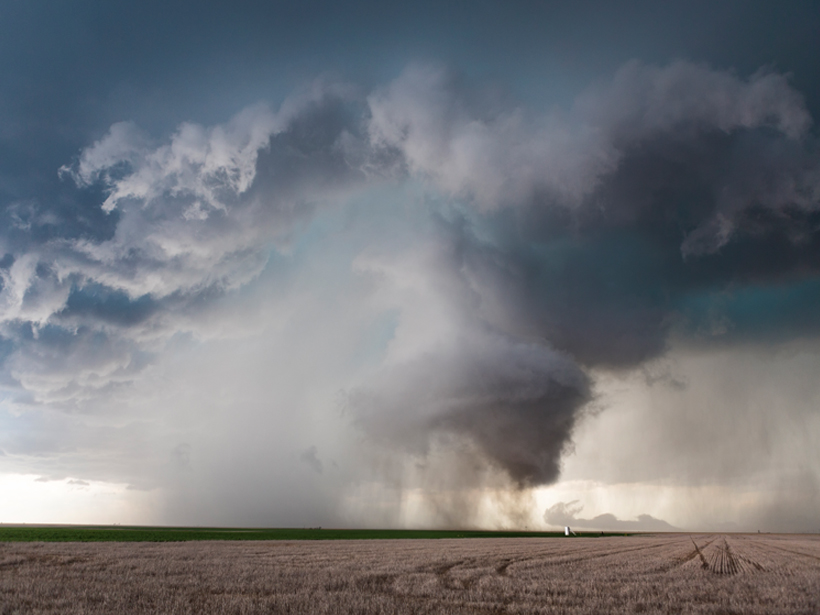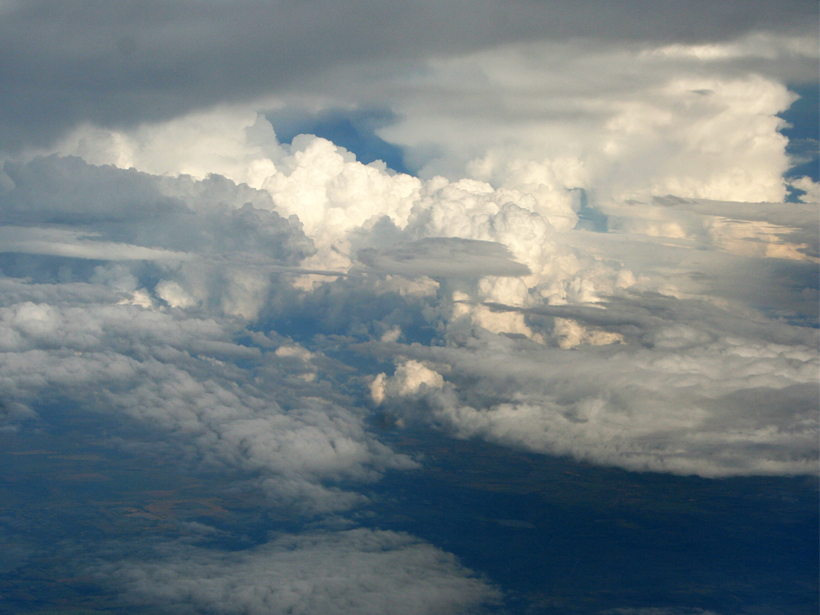Researchers model ice-ocean interaction to study how tides can influence Arctic Ocean circulation and sea ice volume.
Modeling
New Step Toward Finding Earth 2.0
Researchers unveil a way to tease out the wobble of a star caused by unseen planets despite the confounding effects of star spots, which are the sunspots of distant stars.
Visualizing the Climate's Future
Climate Inspector: A new Web-based approach to exploring global climate change across space and time.
Hawaii’s Swelling Lava Lake Charts a Volcano’s Hidden Plumbing
Geophysicists used unique seismic signatures to track the cyclic rise and fall of lava inside Hawai'i Volcanoes National Park's Overlook crater.
Electric "Tornadoes" in Space Drive Disturbances Down to Earth
New simulations show how shocks in space can trigger vortexes in Earth's magnetic field, causing magnetic disturbances that are detectable from the ground.
Model of Solar Cycle's Impact on Climate Gets Upgrade
A new model of how the Sun's 11-year cycle affects climate leads to slight changes in model results on atmospheric chemistry, but temperature and wind results are consistent with the previous model.
Mercury's Magnetosphere Model Gets Retro Makeover
New observations from Mercury revive a once-abandoned model for its magnetic field, resulting in a new profile that better fits the data.
Cloud Overlap Observations Put Simulations to the Test
Fine-scale simulations of cumulus cloud layers could help improve weather and climate models.
Forecast Versus Reality: High-Resolution Weather Prediction
Researchers test the High-Resolution Rapid Refresh model with real-life observational data to evaluate forecast accuracy.
Low-Altitude Clouds Play an Important Role in a Changing Climate
Scientists uncover the mechanics behind tropical marine low cloud cover and its influence on models of anthropogenic climate change.









